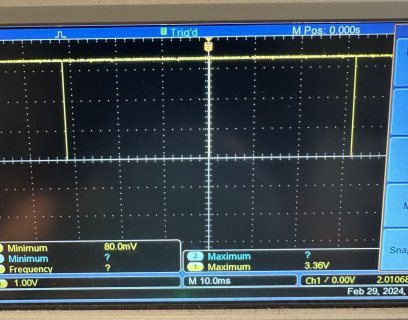Can you give us more detail? You said "noticed individual cs lines on all dac's toggle". Can you describe how you noticed? Did you use an oscilloscope to observe the signals? If so, can you show us the screen? Or if you're not directly observing the signals but rather inferring they must all be toggling, can you describe the actual things you observed with your eye or other senses? Signal quality issues are tricky and even very small details can really matter.
With pretty much any strange problem, I would first check the software side before diving into signal quality. But you said it ran fine on the prototype. Are both supposed to be the same design, same number of chips, same pins on Teensy? If they differ, best to really investigate if a "simple" mistake was made before looking at the tough analog nature of signal cross talk.
If it really is signal cross talk, usually 2 things can be done.
#1 - Improve ground routing. Best is a 4+ layer PCB where an unbroken ground plane is directly underneath the signals. What matters is the total size of the 2D area formed by the loop of the signal and its return ground path. With a ground plane the area is very small because it is so thin, only the thickness of the internal PCB layer. On a 2 layer PCB, the loop area will be much worse. You might need to add many redundant ground paths, and make room to route ground alongside all sensitive high speed signals.
#2 - Add a series resistor, ideally close to Teensy (or whatever is transmitting the signal). Start with 100 ohms. The resistor has 2 benefits. First it helps to match the transmitter to the characteristic impedance of the wire+ground, which lessens problems like signals reflections. Second, it tends to act has a low-pass filter together with the tiny capacitance of the input pins (usually about 5pF each) and PCB trace (usually very small, especially on 2 layer boards where these problems are worse). Cross talk tends to be a very high frequency problem, so just slowing the rising and falling edges ever so slightly can really make a big improvement.



